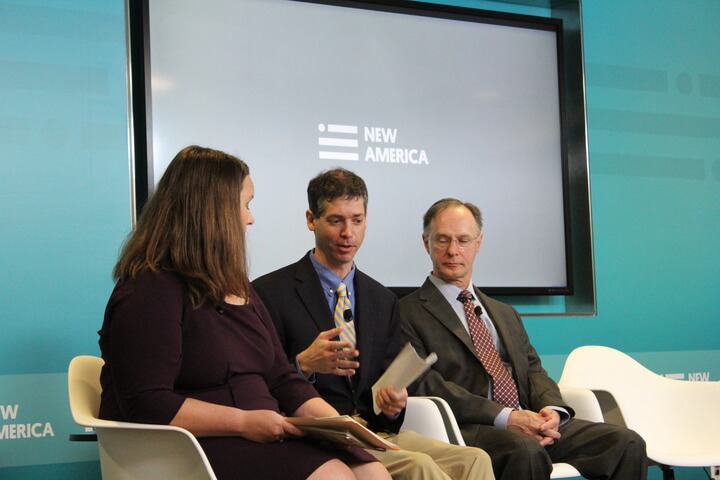WASHINGTON — Democratic presidential nominee Hillary Clinton’s child care plan proposes a payment cap of 10 percent of a family’s income for expenses, while Republican nominee Donald Trump would increase access for families to open tax-free saving accounts, their campaigns said Wednesday.
The candidates’ responded to a report by the New America Foundation saying that some families pay up to 45 percent of their income on child care.
Dan Kowalski, Trump campaign deputy national policy director, said the Republican nominee would rewrite tax codes to allow families with incomes of up to $500,000 to deduct child care costs for as many as four children.
Trump’s proposal also includes deductions for stay-at-home parents and would give more access to Dependent Care Flexible Saving Accounts, which allow families to use the money for child care, after-school tutoring or tuition.
Katie Hamm, a volunteer surrogate for the Clinton campaign, said that Clinton’s plan would assure that no family pays more than 10 percent of its income on child care. The government would use tax-credits and subsidies to keep a lid on costs. Hamm said the campaign is still working out details on how the subsidies would be fully funded.
Clinton also would push for increasing salaries of low-paid child care workers to provide better quality care, Hamm said, noting that the average child care worker earns less than $10 per hour. Additionally, the candidate would give scholarships to parents who struggle with paying for child care while they are working toward a degree.
Both campaigns acknowledged that child care is a necessary cost of working. According to the New America Foundation report, child care, including full-time nannies, early education and day care, typically costs families over $9,500 a year, more than the average in-state college tuition cost.
But the candidates differ on paid leave. Democrat Clinton’s plan calls for 12 weeks of paid leave for both moms and dads. Republican Trump’s plan would provide mothers with six weeks of paid leave.
The report, released at an event at the New America foundation Wednesday, focused on cost, quality and access to child care. The authors began the event with an overview of their research and then Hamm and Kowalski spoke about their candidates’ ideas.
Kowalski said the Trump campaign would allow state governments, rather than the federal bureaucracy, to evaluate care regulations, noting that quality of out-of-home centers can differ depending on a region’s population.
Brigid Schulte, co-author of the report for the progressive-leaning think tank, said that a majority of children have both parents in the workplace, but the child care system in 2016 doesn’t meet the needs of either parents or children.
Schulte said the system is outdated, an idea Hamm and Kowalski both echoed. Since the mid-1990s, most kids have gone to nonmaternal care as young as six weeks old.
The foundation’s Better Life Lab collaborated with Care.com to collect data and develop a methodology for measuring availability, cost and quality to care.


